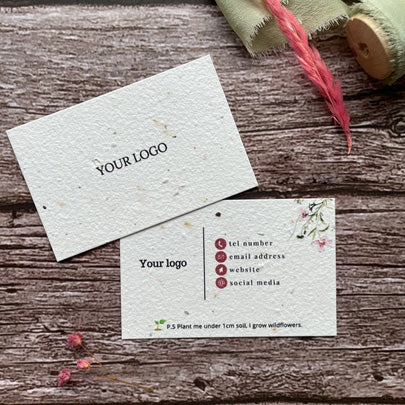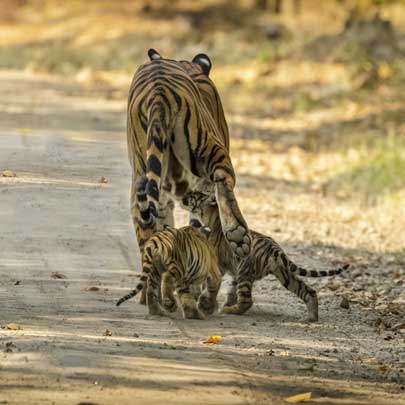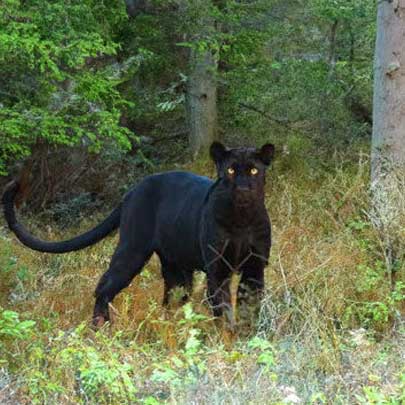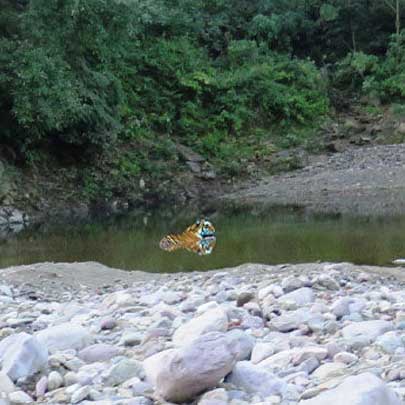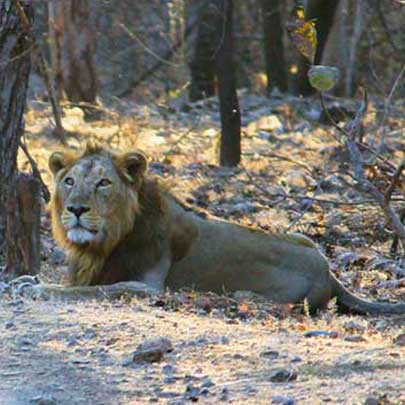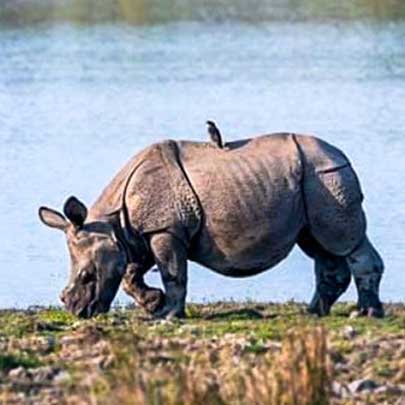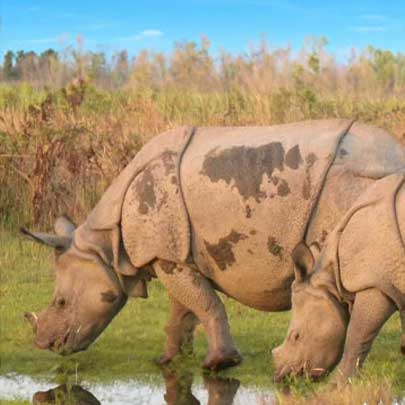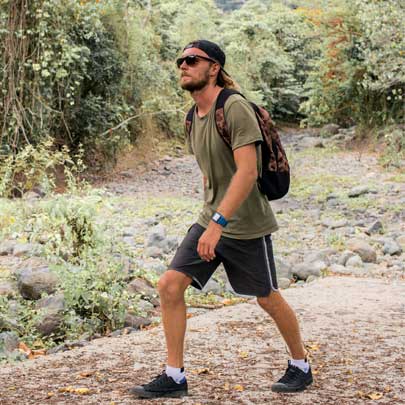The Link Between Eco-Tourism and Local Livelihoods
The Link Between Eco-Tourism and Local
Livelihoods
Eco-tourism has become more than just a travel trend—it is now a movement that connects conservation, community, and sustainable development. At its heart lies a simple yet powerful idea: tourism should benefit both the environment and the people who call it home. By choosing eco-tourism, travelers directly support biodiversity preservation while helping local communities thrive.
In India, organizations like Wildlense Eco Foundation and initiatives such as Wildlense Wild Retreat are leading examples of how eco-tourism can create lasting positive impacts. From generating local employment to promoting responsible travel, their work highlights the deep link between eco-tourism and local livelihoods.
What is Eco-Tourism?

Eco-tourism is responsible travel to natural areas that conserves the environment, sustains the well-being of local people, and involves interpretation and education. Unlike mass tourism, eco-tourism emphasizes:
-
Sustainable practices – minimizing waste, pollution, and resource consumption.
-
Cultural sensitivity – respecting local traditions and heritage.
-
Community involvement – ensuring that residents directly benefit from tourism activities.
-
Wildlife conservation – protecting habitats and endangered species.
This approach transforms tourism into a tool for both ecological balance and economic empowerment.
Why Eco-Tourism Matters for Local Livelihoods
One of the strongest arguments in favor of eco-tourism is its ability to create sustainable income opportunities for local communities. Let’s explore the major ways it does this:
1. Job Creation
Eco-tourism generates employment in rural and forest-adjacent regions where job opportunities are otherwise limited. Locals can work as:
-
Nature guides
-
Hospitality staff at eco-lodges
-
Handicraft sellers
-
Drivers for safari tours
-
Cultural performers
For example, at Wildlense Wild Retreat, most staff members are hired from nearby villages. This ensures that tourism directly translates into better livelihoods for locals.
2. Promoting Local Businesses
Eco-tourists prefer authentic local experiences—traditional food, handmade crafts, and indigenous cultural performances. This demand creates markets for artisans, farmers, and small entrepreneurs. A handcrafted souvenir sold to an eco-conscious traveler is more than a transaction—it’s cultural preservation combined with economic gain.
3. Skill Development
Organizations like Wildlense Eco Foundation often conduct workshops and training programs for locals, teaching them hospitality skills, wildlife guiding, waste management, and eco-friendly business practices. These skills increase employability and long-term income security.
4. Reducing Migration
In many rural areas, lack of job opportunities pushes people to migrate to cities. Eco-tourism provides an alternative. By generating income locally, it helps people stay in their native regions, preserving both communities and cultures.
5. Empowering Women
Eco-tourism initiatives often involve women in craft-making, organic farming, homestays, and community-based tourism activities. This provides financial independence and improves their social standing in the community.
Eco-Tourism and Conservation: A Symbiotic Relationship

Eco-tourism does not only generate livelihoods—it also strengthens conservation efforts. When communities see tangible benefits from protecting forests and wildlife, they become natural guardians of the ecosystem.
At Wildlense Wild Retreat, a part of revenue goes into conservation programs such as afforestation, waste management, and awareness campaigns. Similarly, Wildlense Eco Foundation actively involves locals in protecting biodiversity hotspots. This model ensures that conservation is not a top-down directive but a collective mission.
Case Study: Wildlense Eco Foundation & Wildlense Wild Retreat

Wildlense Eco Foundation
A not-for-profit initiative, Wildlense Eco Foundation works towards wildlife conservation, sustainable tourism, and community empowerment. It runs awareness campaigns, organizes eco-training programs, and partners with local communities to make tourism more inclusive.
Key contributions include:
-
Spreading awareness about wildlife protection
-
Training locals for eco-friendly professions
-
Encouraging organic farming and sustainable practices
-
Supporting local entrepreneurs
Wildlense Wild Retreat
An eco-friendly retreat located near wildlife sanctuaries, Wildlense Wild Retreat showcases how eco-tourism can blend comfort with responsibility. Unlike conventional resorts, it is built with sustainability in mind:
-
Use of eco-friendly materials
-
Employment for locals
-
Waste management and recycling initiatives
-
Promoting local cuisine and culture
-
Limited guest capacity to avoid over-tourism
By choosing Wildlense Wild Retreat, travelers contribute directly to local livelihoods and conservation projects.
The Role of Responsible Travelers

Eco-tourism is not just about destinations; it’s also about traveler choices. As responsible travelers, we can:
-
Stay in eco-lodges like Wildlense Wild Retreat instead of large commercial hotels.
-
Buy locally made handicrafts rather than imported souvenirs.
-
Participate in cultural experiences, ensuring fair pay for performers.
-
Respect local customs and traditions.
-
Avoid plastic and practice sustainable travel habits.
Every conscious decision a traveler makes supports the eco-tourism cycle of conservation and community empowerment.
Challenges Facing Eco-Tourism and Local Livelihoods
Despite its promise, eco-tourism faces several challenges:
-
Over-commercialization – Some destinations market themselves as eco-friendly but fail to follow sustainable practices.
-
Infrastructure gaps – Lack of proper roads, connectivity, and facilities can limit eco-tourism growth.
-
Balancing conservation and access – Allowing too many tourists can disturb sensitive ecosystems.
-
Training and awareness – Locals may initially lack the skills to engage effectively in eco-tourism.
Organizations like Wildlense Eco Foundation play a crucial role in addressing these challenges by creating awareness, building skills, and ensuring authentic eco-tourism models.
The Future of Eco-Tourism in India
With its rich biodiversity, cultural heritage, and growing eco-conscious travelers, India has immense potential to become a global leader in eco-tourism. By promoting retreats like Wildlense Wild Retreat and supporting conservation-driven initiatives, the country can:
-
Provide sustainable livelihoods to thousands of rural households
-
Reduce human-wildlife conflict
-
Protect endangered species
-
Showcase cultural richness to the world
-
Build a resilient tourism industry
The key lies in collaboration—between governments, NGOs, businesses, local communities, and travelers.
Conclusion
The connection between eco-tourism and local livelihoods is undeniable. Done right, eco-tourism offers a win-win solution—empowering communities while protecting the planet.
Through initiatives like Wildlense Eco Foundation and eco-lodges like Wildlense Wild Retreat, the model of sustainable tourism is not just an idea but a working reality. By choosing eco-tourism, travelers become partners in conservation and community development.
Next time you plan a trip, ask yourself: Am I just traveling, or am I also contributing to the place I visit?
With eco-tourism, the answer can be both.














